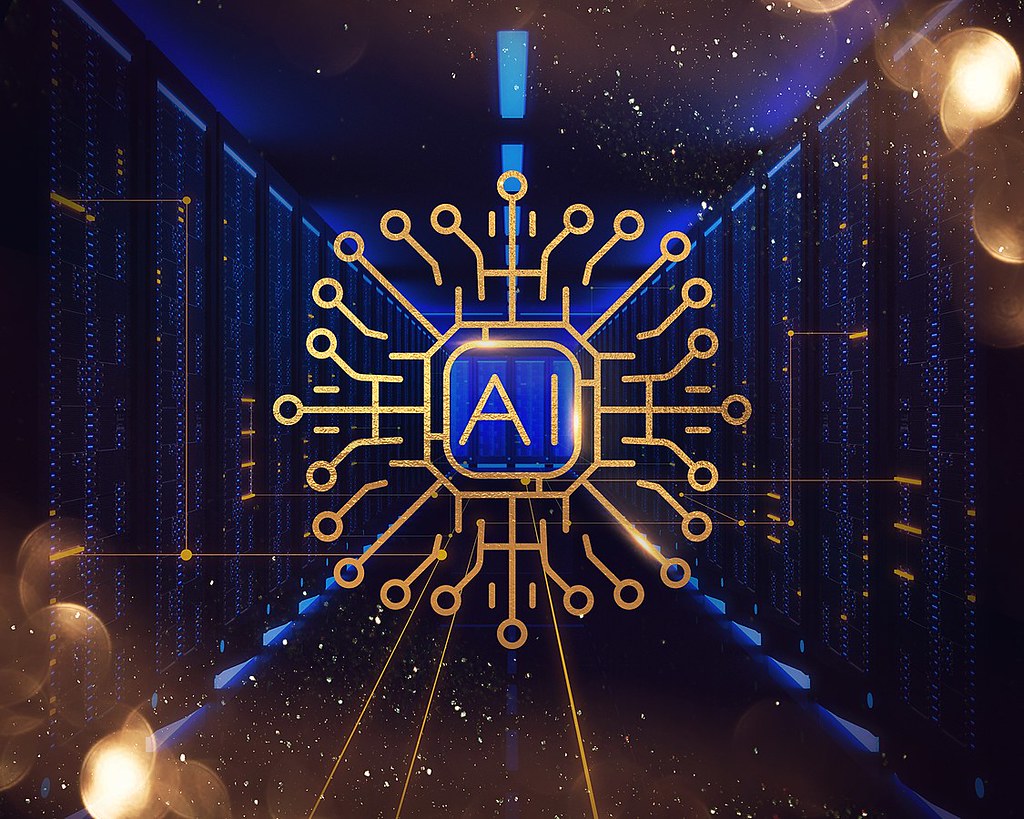
As we delve deeper into the technological advancements of our time, one cannot ignore the influence that generative AI bots have on the young students of today. It is a well-known fact that these AI bots have become an integral part of our lives, both in and out of the classroom. As a fellow student, I can personally relate to the constant fear that lingers in our minds – the fear of being caught by a vigilant teacher due to any misuse of this powerful technology. However, this fear has led me to ponder upon an intriguing question: Is there a safe and plausible way to incorporate generative AI technology systems into the modern education system and its modules? This question holds immense significance as we explore the possibilities of merging cutting-edge AI technology with the foundations of education, aiming to enhance and revolutionize the learning experience for students of today.
Elementary, my dear Watson.
Before jumping into how generative AI impacts the education system, we must first analyse what differentiates generative AI and other artificial intelligence technology. When compared to ‘traditional’ AI, generative AI like ChatGPT has two important characteristics that make it special: dynamic context and scale of use. This means that this technology was not built for a specific context and this openness ultimately allows for an unprecedented scale of use. As a result several issues like authenticity and safety issues arise from these points (Helberger, N., & Diakopoulos, N, 2023).
ChatGPT itself is a generative AI machine that was designed for natural language processing tasks such as text generation and language understanding since it is based on the Generative Pre-trained Transformer model (hence why its called ChatGPT). ChatGPT was trained on a large amount of text data and designed to generate conversational responses thus creating its popularity in different industries and educational settings (Partha,2023).
With 100 million active users in the first months after its launch, ChatGPT has been described as the “fastest-growing consumer application ever launched”. The relationship between the machine and the user plays a crucial role in determining the system’s classification in terms of the level of risk it poses to the safety of society. This relationship is essential because it directly impacts the potential consequences and impact of the machine’s operation. When the machine and the user interact, it creates a dynamic that can either enhance or jeopardize the overall safety of the system. Therefore, it is essential to thoroughly evaluate and understand this relationship to ensure that appropriate measures are in place to mitigate any potential risks and safeguard the well-being of society (Helberger, N., & Diakopoulos, N, 2023).
So is it good or bad ?
Like any new technology, the scope and capabilities of generative AI in various environments may give rise to new risks and opportunities. One specific argument concerning language has been brought to attention due to its importance in distinguishing humans from animals. This innate ability has been taken for granted and is now at risk due to the rapid advances in technology. Since language plays a significant role in education, it raises questions about current beliefs and rules within the education system and modern society.
Generative AI as the name indicates can quickly generate a wide range of information and answers that would benefit both students and teachers. However, this poses a threat as it could lead to a world where machine knowledge becomes dominant thus leading to loss of authority from various sources and form biases around certain worldviews. As a result, it is imperative that we protect and support the diversity of our knowledge systems and develop AI technologies in ways that preserve and expand our rich knowledge resources.
While educational institutions have developed legal policies and guidance on the use of generative AI, they are still lacking. According to a global survey by UNESCO of over 450 schools and universities, only 10% have established formal guidance for students on the ethical use of generative AI. In response to this UNESCO has recommended that ministries of education and other branches of government must provide legal applications and guidelines for the formal use of generative AI in schools. For example, textbooks in schools follows detailed criteria in order for it to be published and used in specific schools. This intense monitoring should also be applied for generative AI in order to determine their overall safety and minimizing misuse of the machine for all parties involved. Education is a human right, therefore generative AI must adhere to inclusivity, equity, and safety measures to ensure access and support for every child in the world (Giannini,2023).
“AI can be used to enhance HI; human intelligence, human potential and human purpose.”
– Sal Khan (President of Khan Academy)
After all the demands above are set and achieved, Generative AI is actually very helpful in enhancing the education system. As the video states, this machine could be used a super virtual tutor for the students and a virtual assistant for the teachers (Khan,2023). Ranging from generating curated questions, debates and study plans for students to creating comprehensive learning guides and providing personalized feedback from the teachers, the possibilities are endless (Alphonso,2023). According to AHISA’s members, about 70% of their primary teachers and 80% of their secondary teachers are already using generative AI in their teaching modules. As said in their survey, it saves a a lot of time and thus allows the teachers to provide a differentiated learning plan for the students (The Educator, 2023) . Furthermore, generative AI has the potential to create accessible education for those in difficult geographical areas and disabilities. Examples includes Khan Academy which provides various areas of lessons that can be easily accessed online and Speechify which specializes on speech-to-text and text-to-speech tools (Australian Human Rights Commission [AHRC], 2023). With that in mind, it is important to note that teaching is still primarily a human act that encompasses both the materials and the social interaction experienced by students in class. Consequently, as technology advances through innovation and investments, schools and teachers must also receive the same level of support to grow together. Unfortunately, this is not the case, as schools and universities worldwide are still being underpaid (Giannini,2023).
All things in moderation.
In conclusion, generative AI, like all things, is ultimately beneficial when used in moderation. It is important to note that as a relatively new technology, we have limited information on its specific impact on society. Thorough testing and evaluation of its long-term effects, especially in the education sector, is necessary.On one hand, the emergence of generative AI has raised concerns regarding safety, authenticity, and inclusivity. These risks must be addressed by AI companies, national bodies, and schools in order for generative AI to be fully integrated into our society.On the other hand, once generative AI is incorporated into schools (which will inevitably happen in the future), it has the potential to revolutionize our outdated education system. This will provide enhanced learning and teaching opportunities for both students and teachers.
However, it is crucial to recognize that even with the implementation of artificial intelligence, the education system cannot solely rely on it. Our current education system is outdated, and millions of people still struggle with below-standard literacy levels. Proper education through traditional teaching methods in schools is essential to bridge this gap and ensure that the benefits of generative AI reach everyone. Therefore, the transition to integrating generative AI into education requires a careful balance between embracing new possibilities and maintaining the foundations of traditional teaching.
References
Alphonso, G. (2023). Council Post: Generative AI: Education In The Age Of Innovation. Forbes.https://www.forbes.com/sites/forbestechcouncil/2023/03/03/generative-ai-education-in-the-age-of-innovation/?sh=21a04a984eca
Giannini,S. (2023). Generative AI and the future of education. UNESCO. https://unesdoc.unesco.org/ark:/48223/pf0000385877
Helberger, N., & Diakopoulos, N. (2023). ChatGPT and the AI Act. Internet Policy Review, 12(1). https://doi.org/10.14763/2023.1.1682
Partha, P.R. (2023). ChatGPT: A comprehensive review on background, applications, key challenges, bias, ethics, limitations and future scope. Internet of Things and Cyber-Physical Systems, 3, 121–154. https://doi.org/10.1016/j.iotcps.2023.04.003
Khan,S. (2023). How AI Could Save (Not Destroy) Education. [Video]. Youtube. https://www.youtube.com/watch?v=hJP5GqnTrNo&ab_channel=TED
Australian Human Rights Commission. (2023). Schools Should Prepare for an AI-Future. https://humanrights.gov.au/about/news/schools-should-prepare-ai-future
The Educator. (2023). Generative AI in schools: benefits and concerns. https://www.theeducatoronline.com/k12/news/generative-ai-in-schools-benefits-and-concerns/283004#:~:text=%E2%80%9CSome%20schools%20reported%20just%20over,per%20cent%20of%20secondary%20teachers.%E2%80%9D
Revolutionizing Education: The Power of Generative AI in Shaping Tomorrow’s Classrooms © 2023 by Karmelia Christie Pranoto is licensed under CC BY-NC 4.0

